Frequency range: 26.5- 28MHz SWR: ≤1.2:1 Max. power: 35W continuous 250W Short time Bandwidth at S.W.R. 2:1: 1900KHz Impedance: 50ohm Whip length: 1200mm Adjustment: 0~90° Cable Length: RG58/157" Po...
See DetailsHow Does a CB Antenna Improve Signal Reception and Transmission Range?
Citizen Band (CB) radio communication plays a crucial role in transportation, outdoor activities, emergency coordination, and professional fleet operations. At the heart of every high-performing CB radio system is a well-designed CB Antenna. The antenna directly determines how far and how clearly signals can be sent and received.
Why the CB Antenna Matters More Than the Radio
Many users assume radio power affects range, but experts agree that the CB Antenna has a far greater influence. Even the best radio cannot deliver reliable performance if paired with a poorly tuned or low-quality antenna. An efficient antenna maximizes the radio’s capabilities and ensures stable communication across different environments.
How a CB Antenna Enhances Signal Reception
1. Optimized Length for Radio Frequency
A CB Antenna is specifically engineered to match the 27 MHz frequency range. Proper antenna length—typically around 102 inches for optimal wavelength—allows stronger signal capture. When the antenna aligns with the correct electrical length, the receiver becomes more sensitive, reducing background noise and improving clarity.
2. Better Signal-to-Noise Ratio
High-quality materials such as copper coils, stainless steel whips, and low-loss coaxial cables help the antenna filter weak or distorted signals. This results in a better signal-to-noise ratio, allowing the CB radio to pick up distant transmissions that would otherwise be lost.
3. Superior Ground Plane Performance
Many CB antennas rely on the vehicle’s metal body as a ground plane. A properly mounted antenna with good grounding significantly enhances reception by stabilizing the electromagnetic field and ensuring balanced radio waves.
How a CB Antenna Extends Transmission Range
1. Increased Radiation Efficiency
A good CB Antenna converts more of the radio’s electrical energy into radio waves. Higher radiation efficiency means the signal can travel farther without losing power. Poor antennas waste much of this energy through heat or reflection.
2. Precise SWR Tuning
Standing Wave Ratio (SWR) tuning ensures minimal signal loss. When SWR is properly adjusted, the antenna reflects less power back to the radio, enabling maximum forward transmission. A finely tuned CB Antenna can significantly extend communication distance.
3. Height and Placement Advantage
Mounting height directly affects signal range. The higher the CB Antenna is placed, the fewer obstructions interfere with the signal path. Roof-mounted and center-roof configurations usually provide the largest coverage area.
Types of CB Antennas and Their Performance Benefits
1. Fiberglass Antennas
Durable and flexible, fiberglass CB antennas are ideal for off-road vehicles and harsh environments. They offer consistent signal quality and are less prone to physical damage.
2. Stainless Steel Whip Antennas
Known for maximum range, stainless steel whips deliver superior transmission efficiency due to their full-length design. They are preferred for long-distance highway communication.
3. Magnetic Mount Antennas
Easy to install and move, magnetic mount CB antennas are popular for temporary or multi-vehicle use. Their portability does not compromise performance when mounted on a large metal surface.
Why Investing in a Quality CB Antenna Matters
Whether for trucking fleets, emergency teams, or outdoor adventurers, a well-designed CB Antenna ensures stable communication, enhanced safety, and extended operating range. With advancements in antenna engineering, today’s models deliver clearer reception, improved durability, and significantly increased coverage.
Conclusion
A CB radio system is only as strong as its antenna. By enhancing signal reception, increasing transmission efficiency, and providing reliable performance across various terrains, the CB Antenna remains the most critical component for long-range communication. Choosing the right antenna—and tuning it correctly—can transform a basic radio setup into a powerful, dependable communication tool.

 English
English Español
Español
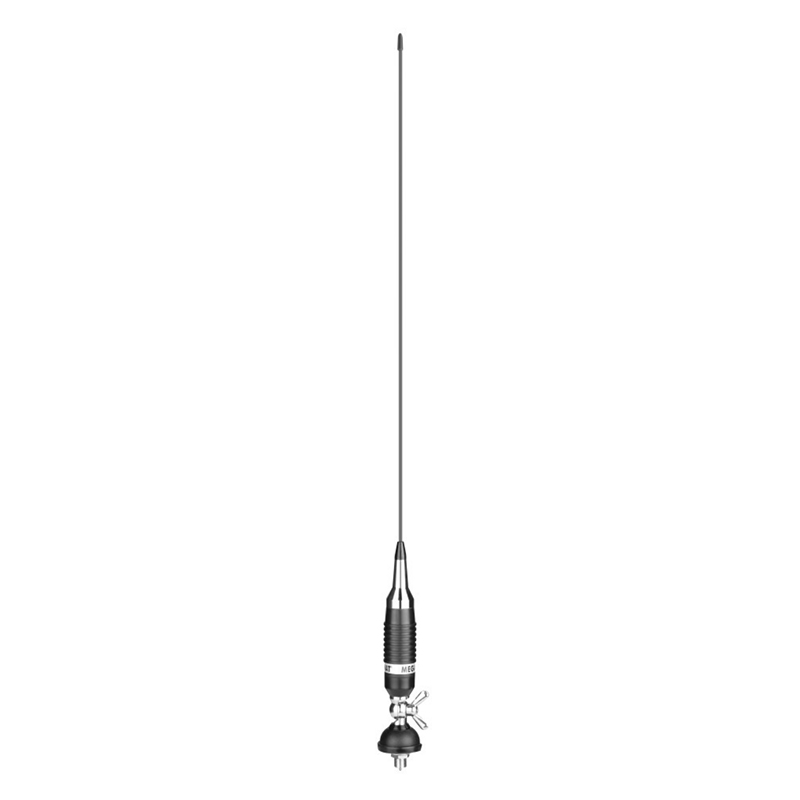
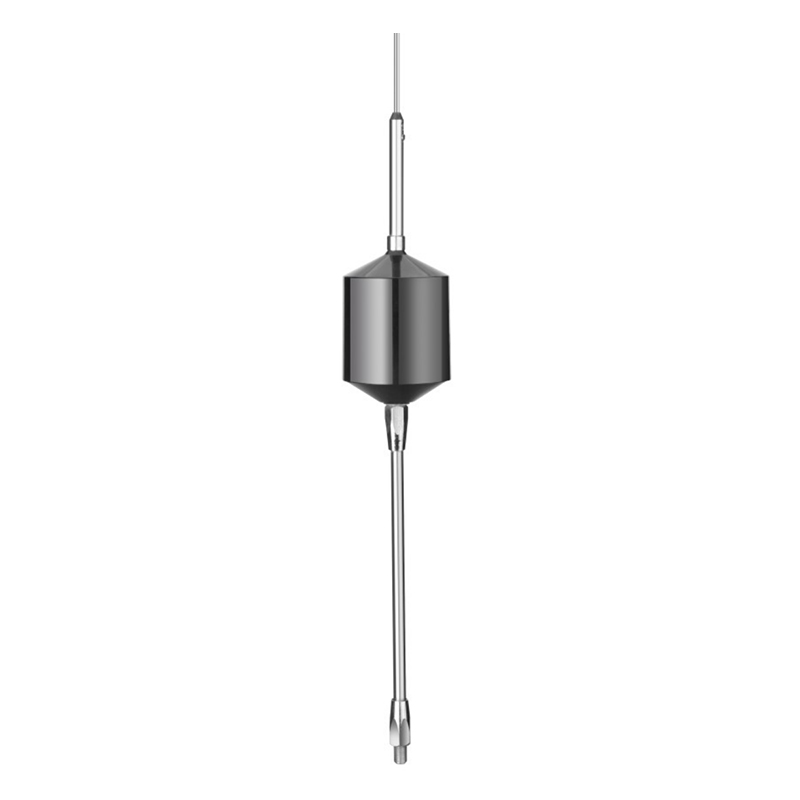
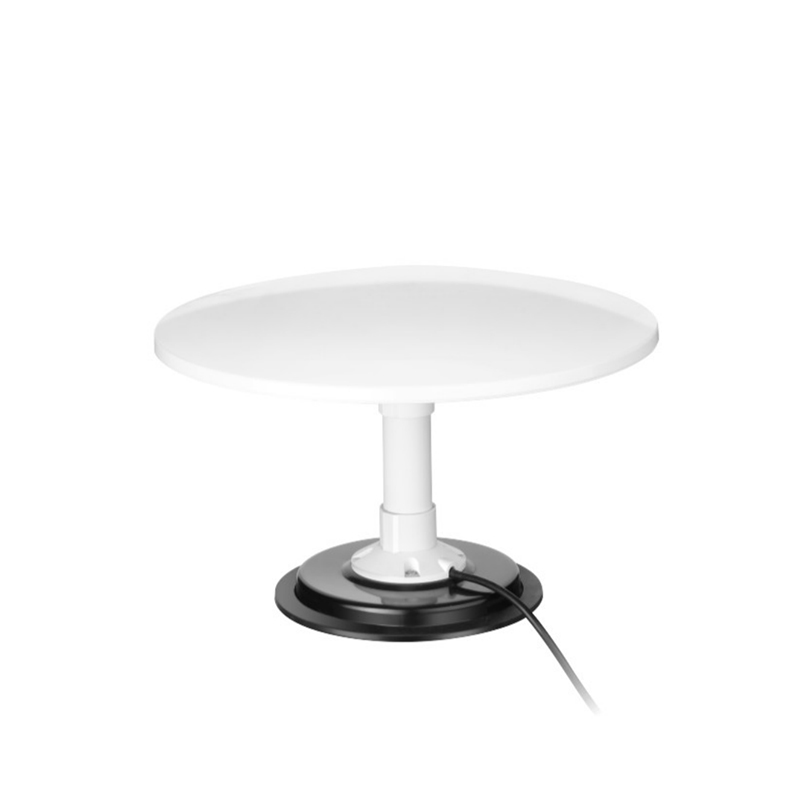
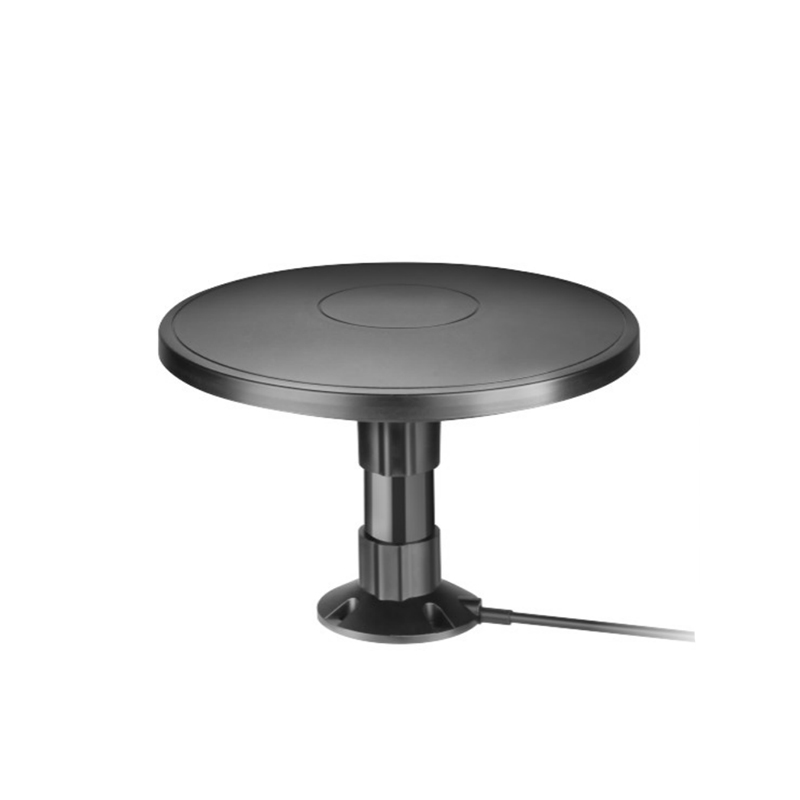
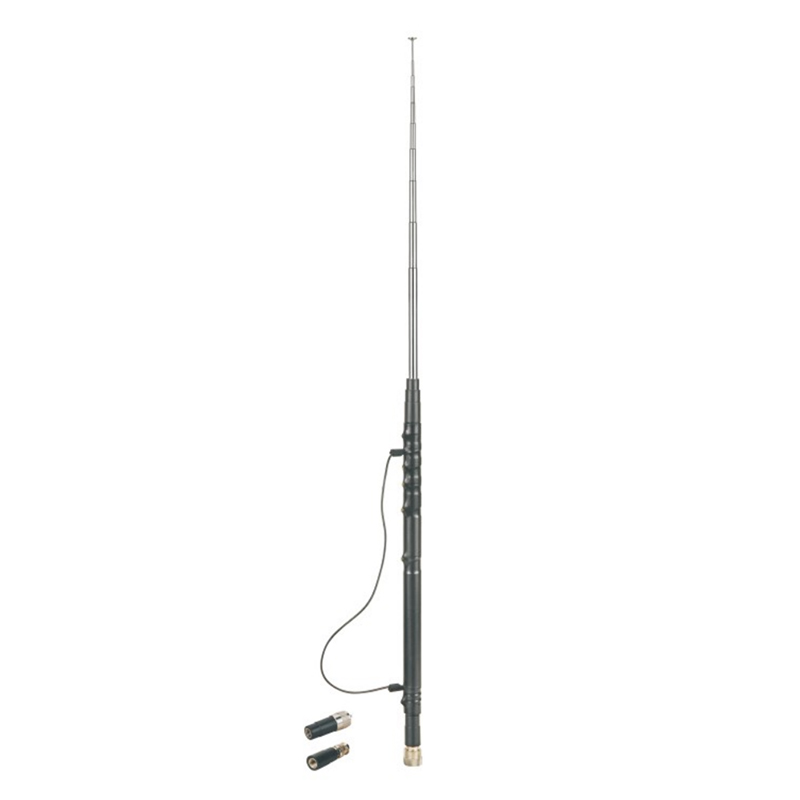
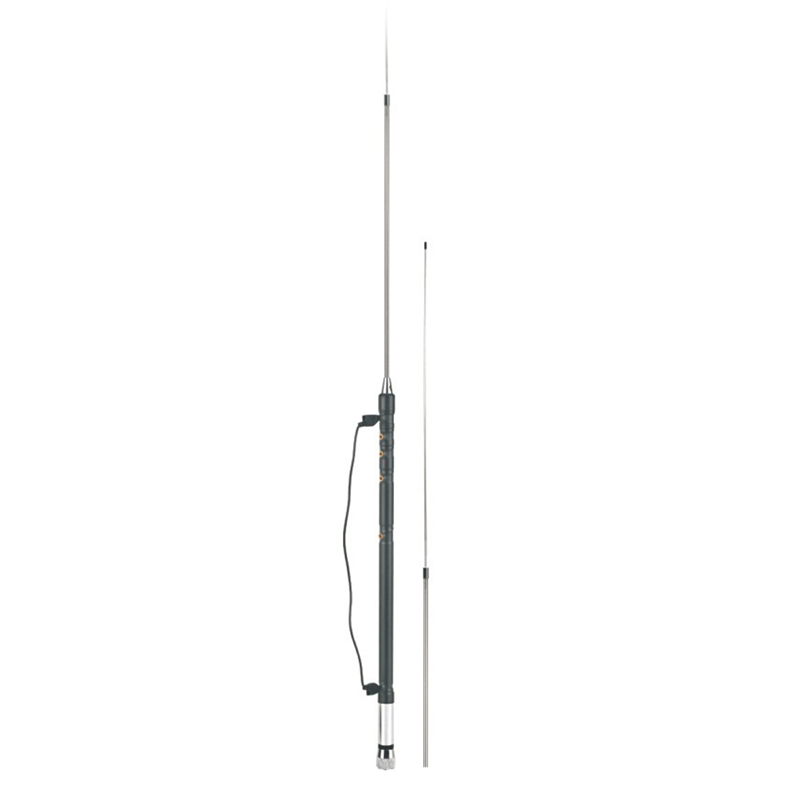
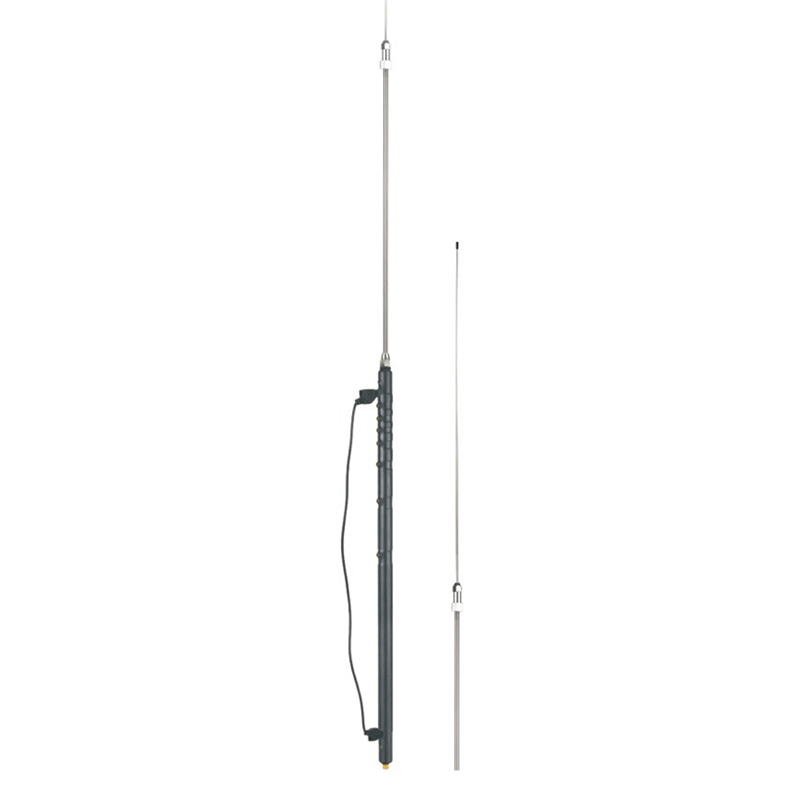
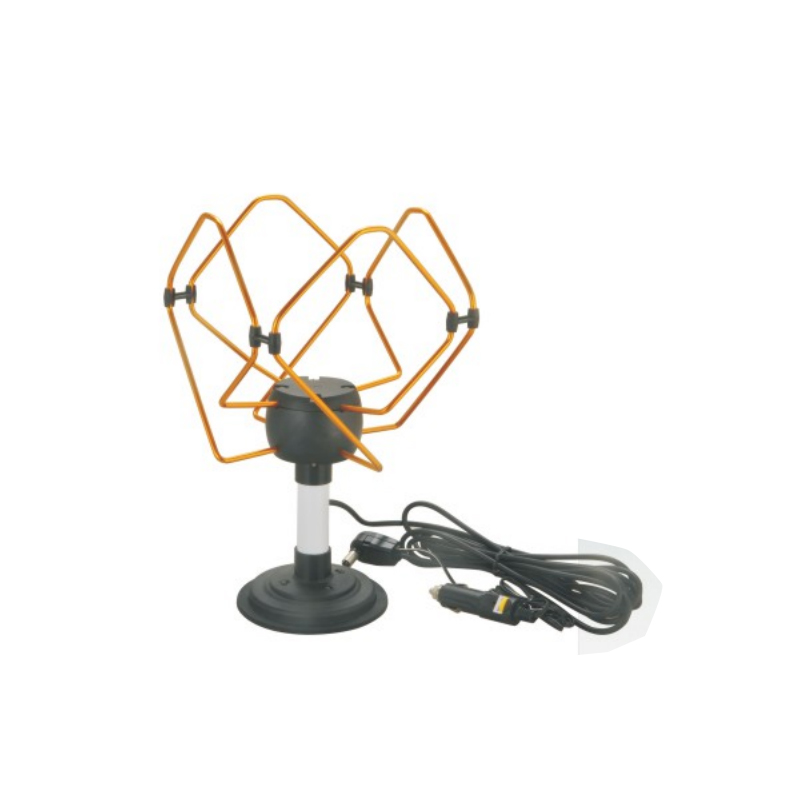
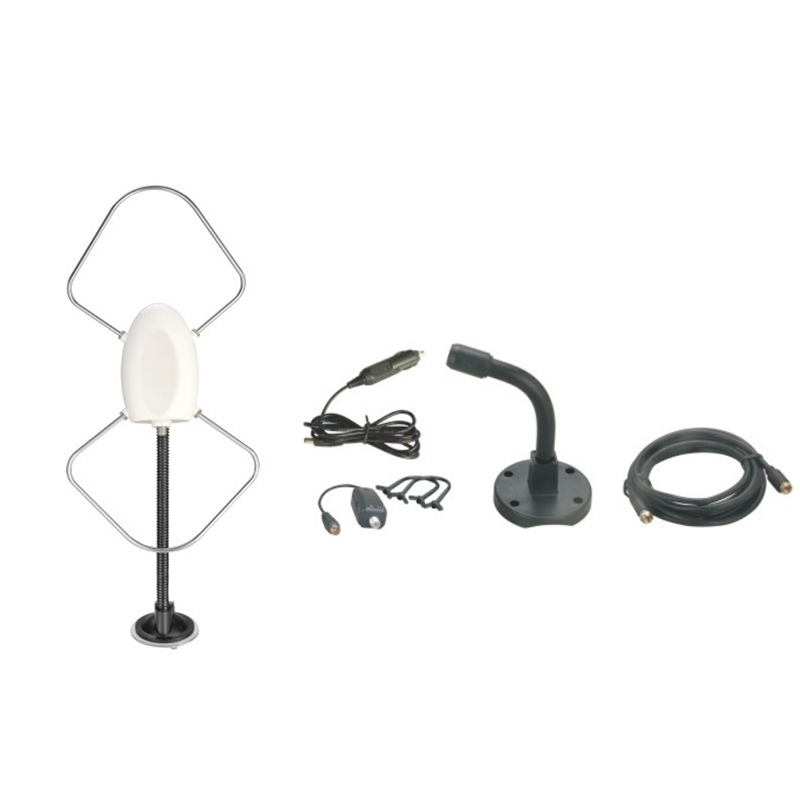
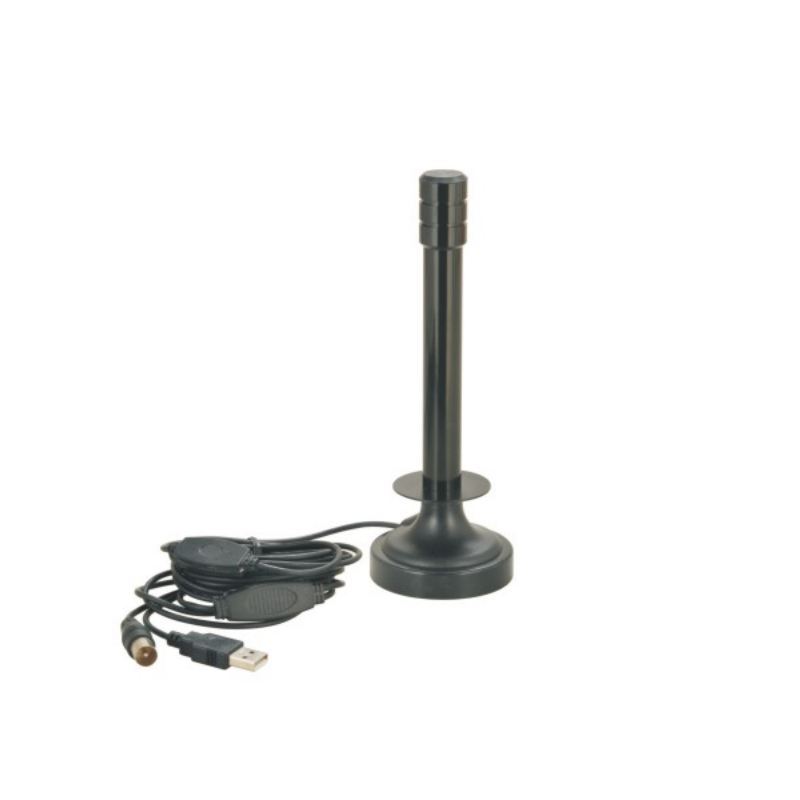
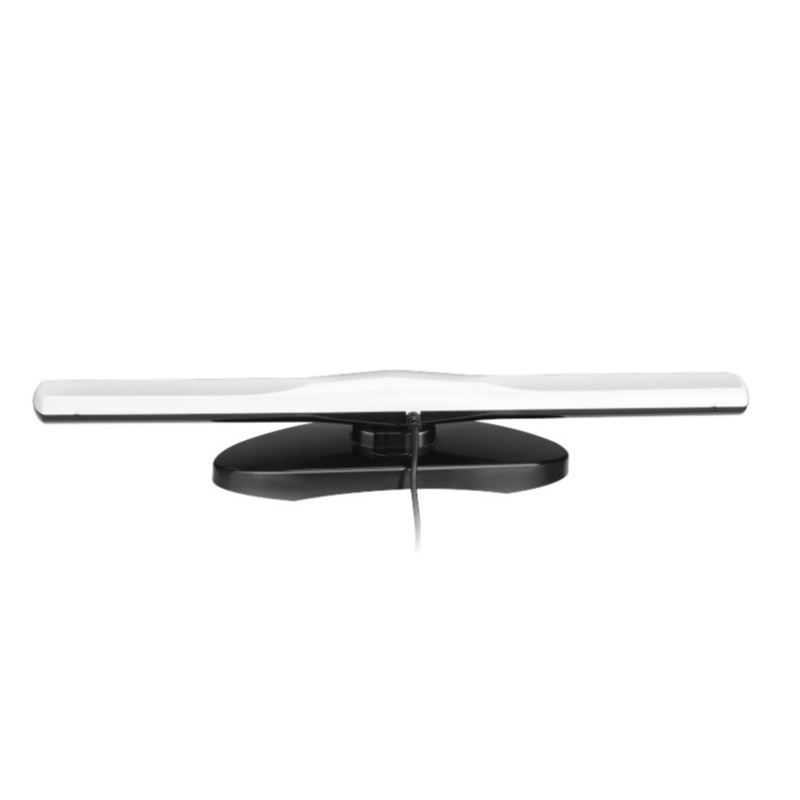
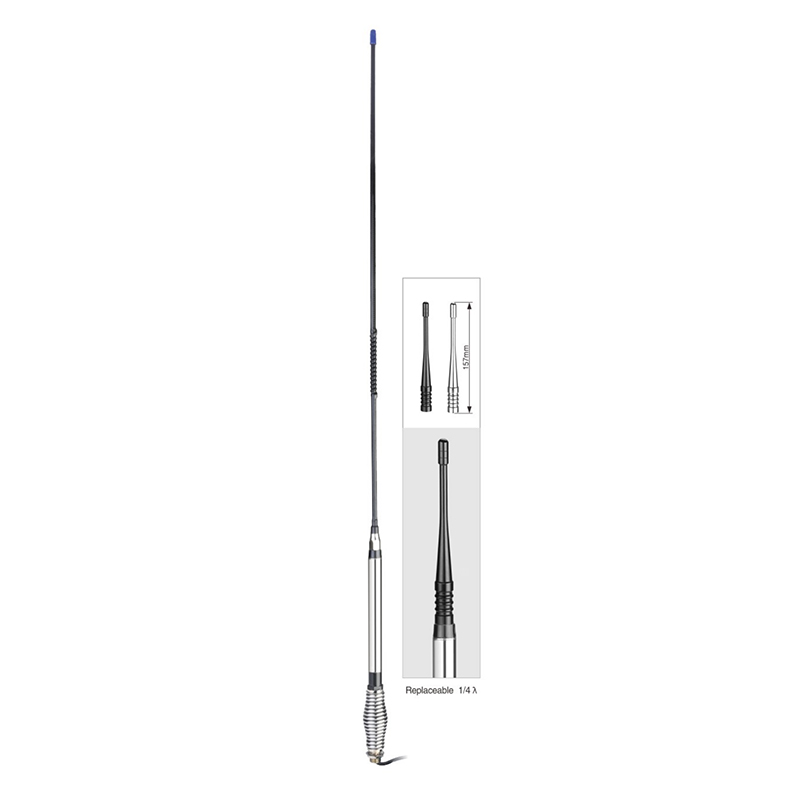

Contact Us